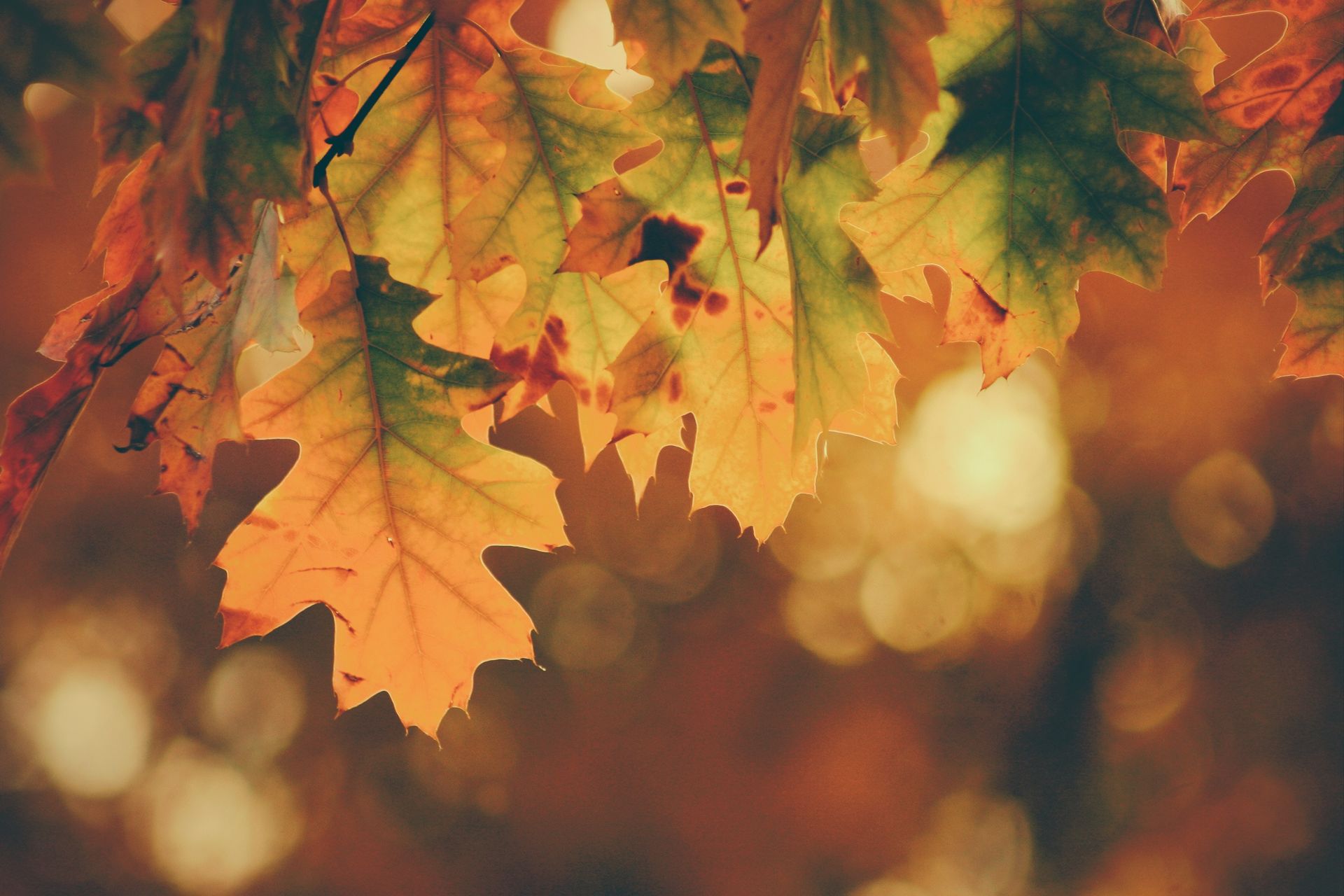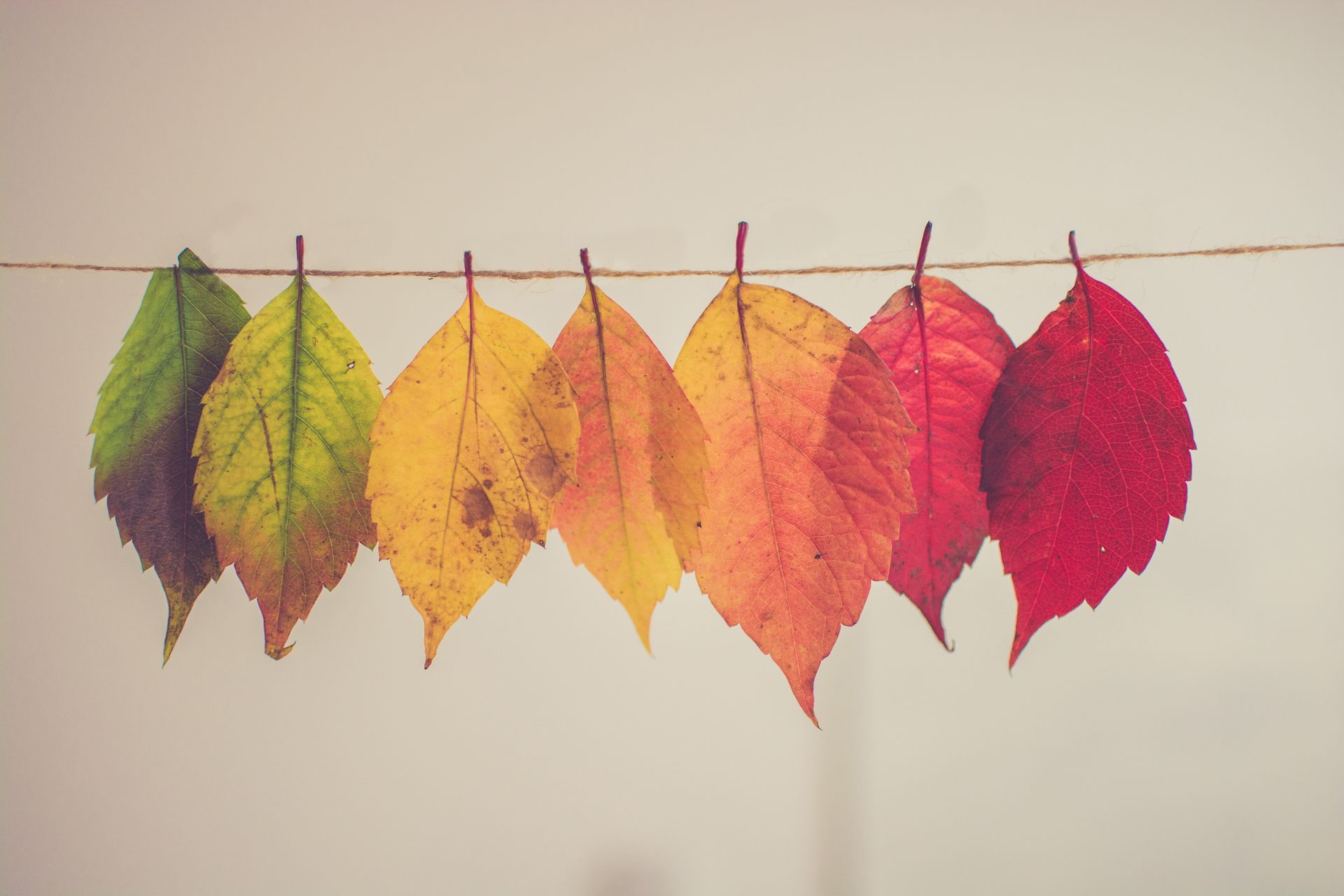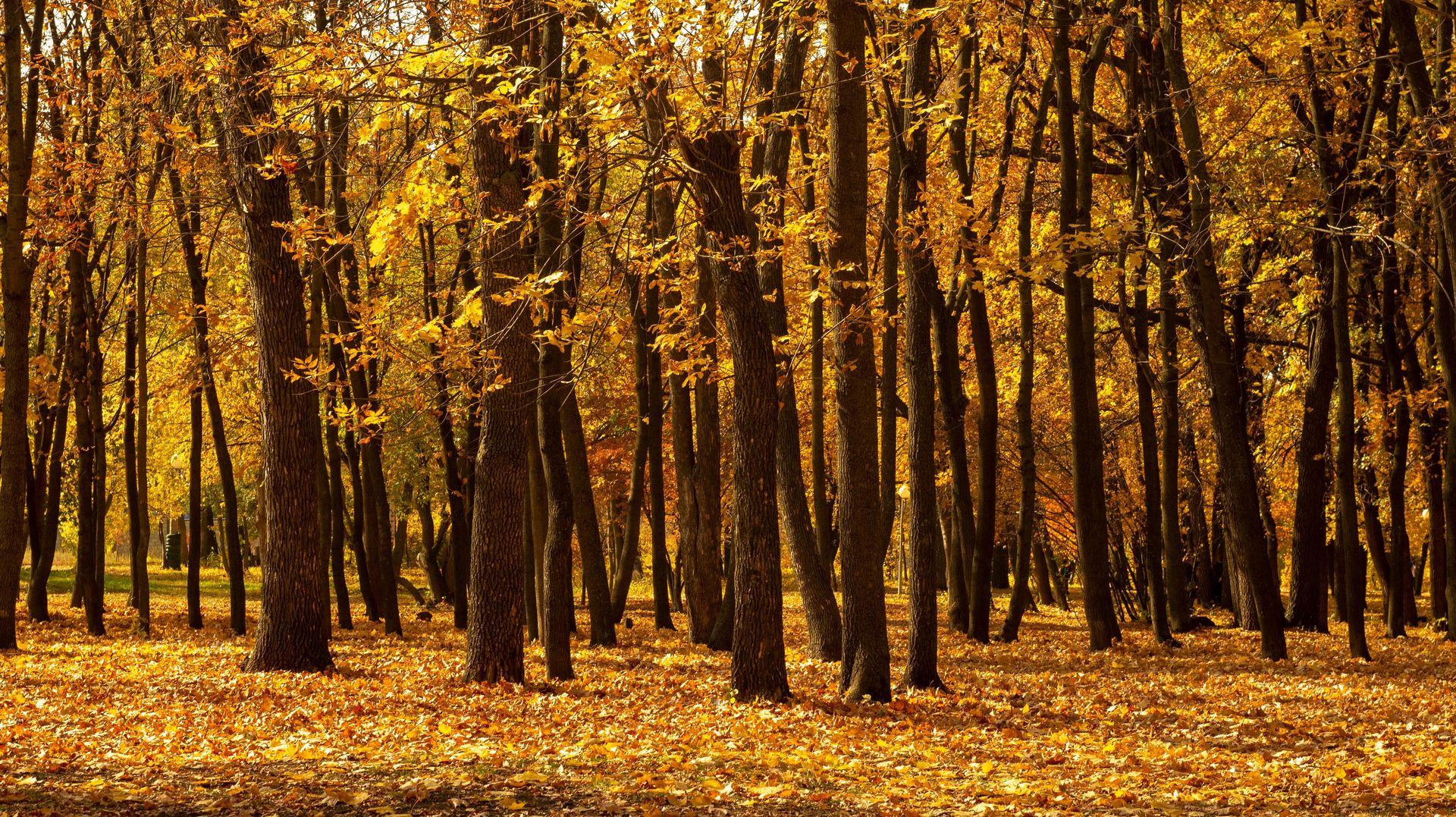The temperature begins to drop. The leaves of the deciduous trees change their green color to ocher tones, until they dry and fall, helped by the wind, which blows with increasing force...
We are entering a season that evokes melancholy and reflection. It is a period that invites us to prepare for winter and enjoy the gifts that nature offers us at this time of year: From the golden and reddish leaves, to the harvests of fruits and vegetables, such as pumpkins, apples, chestnuts and mushrooms.
Everything oozes copper colors around us…
Obviously we are talking about autumn. Autumn, in Spanish (from Latin, the fullness of the year), fall in English (means both autumn and fall, that of the leaves), tardor in Catalan (lateness, the time in which the sun rises later each day). Words that contain the warmth of the season, of the colors that surround and characterize it, words that balance feelings and that lead us to the uniqueness of the time.

Even though we live in a big city, the change in color of what surrounds us is evident. The light has changed its degree of incidence (with the change in the Earth's axis of rotation, as it advances in its orbit around the Sun), and that light is now much more golden, both at dawn and at dusk. And then comes the time to look at the plants around us: trees, avenues, parks, walks, forests, groves, gardens, flower beds, flower beds, pots...
That moment of enjoying the botanical world with all the senses, especially with sight, and even with smell and touch, feeling part of the landscape and nature, a living feeling overflowing with color. It's time to enjoy autumn.
We had studied as children that trees were divided between deciduous and evergreen; These lately have begun to be called persistent leaves, since they are not really perennial, because they also fall, only they do not do so all at once, but gradually; In fact, they renew all of their leaves in about two or three years.
But the fascinating hues of autumn are due to deciduous trees, which change their color before shedding the tree just before winter arrives. And this behavior is not random or capricious, but is governed by chemical and physical laws, marked by the composition of the substances that are integrated into those leaves and by the meteorology of the season.
Leaves are nature's food factories. Plants take in water from the soil through their roots, and carbon dioxide from the air through the pores in their leaves. From these components and using sunlight as energy, they manufacture glucose that serves to nourish themselves and live. In gas exchange, plants return more oxygen to the air than they used to breathe, and fix carbon dioxide, and that is why photosynthesis and plants offer some hope against pollution and climate change.
The process in which plants convert water and carbon dioxide into glucose is photosynthesis, a word that means "to unite with light." This process takes place, especially in the leaves, thanks to a pigment called chlorophyll. Chlorophyll is green, and is responsible for the green color of plants.
But chlorophyll requires abundant light and also a warm climate to synthesize. Therefore, as autumn progresses and the hours of light decrease, the days get shorter and temperatures drop, chlorophyll production decreases until the plant no longer produces any more. Trees and other plants “know” that they must prepare for winter, they will rest and live with the food they stored during the summer. Little by little, and as the green color fades, we begin to see orange and yellow colors. These colors already existed in the plants during the summer, but we could not see them because they were covered by the green of chlorophyll.

Bright reds and lilacs correspond to substances manufactured exclusively in autumn. The reddish colors are due to sugars that become trapped inside the leaves when the leaf veins close with the onset of fall. When these sugars react with other chemicals inside the plant, these red pigments are formed. The sunlight and cold nights of autumn do the rest, causing glucose to turn red. The brown that appears on the leaves of some trees, such as oaks, comes from waste products that accumulate in the leaves.
Other pigments such as carotenoids, which absorb blue and green wavelengths, reflect yellowish and orange tones. They are divided into xanthophylls (such as lutein), which generally reflect a yellow color, and carotenes (such as beta-carotene), which usually provide an orange tone. These pigments have a role during photosynthesis, although less than chlorophyll, but above all they participate in protecting the physiology of the leaf by eliminating excess light energy.
The change in color is followed by the fall of the leaves. Thus the tree gets rid of its leaves that would otherwise continue to consume the water that the plant needs to keep its roots alive during the winter.
Since they began to grow in the spring, the leaves of the deciduous trees have been preparing for autumn. At the base of each leaf, in the so-called petiole, there is a layer of special cells through which, throughout the summer, food (water, minerals, chlorophyll, glucose) has passed from the leaf to the tree, and vice versa. . In autumn, the cells in this layer begin to grow and form a cork-like material, reducing and eventually cutting off the exchange of substances between the leaf and the tree. Glucose and waste products become trapped in the leaf, and without fresh water, chlorophyll begins to disappear. As the plug forms, the cells of the cleavage layer begin to disintegrate, until only a few threads remain supporting the leaf. A gust of wind or the simple effect of gravity will take care of the rest.
The leaves of evergreen trees have a serous coating and a smaller surface area, which reduces water loss. Furthermore, they contain an antifreeze chemical that allows the roots and leaves to survive during the winter.
We are talking about nature and science, but autumn is also poetry. A comforting and peaceful season for the spirit, which inspires the imagination, in the prelude to winter, it invites us to seek warm and loving human relationships.
In the province of Malaga, not far from Antequera, there is the so-called Copper Forest, which in autumn, when the fallen leaves of the chestnut trees cover the landscape of the mountains with an unparalleled color scheme (browns, oranges, reds, yellows and ochres) . result in thousands of color combinations), allows us to feel like an integral part of autumn, and not just spectators, like nowhere else.
A living and dead carpet at the same time, which conspires with light to bring us closer to nature and make us feel at peace, taking advantage of the numerous routes and paths that run through this enchanted environment.
Autumn is one of the quintessential times of the year when you can enjoy hiking even more.
The Copper Forest is one of the enclaves where you can admire the beauty of nature. Located between the Serranía de Ronda and the Sierra de las Nieves, it is a place with a special charm that leaves an impressive mark on whoever visits it. It is a place that offers us a snapshot of yellow, red and orange colors, and that makes hikers enjoy a very special walk outdoors, contemplating an unparalleled image of this forest.
The Copper Forest is a metaphor for the colors of copper , which alludes to the spectacular landscape that nature gives each year with the fall of the chestnut leaves, covering the mountains in browns, yellows, oranges and ochres.

It is located mainly in the Genal Valley, one of the three large geographical areas (along with the plateau and the Guadiaro Valley) that form the landscape unit of the Serranía de Ronda, with a marked mountainous character. Its relief, formed by a set of rugged mountain ranges and steep slopes, softens in the surrounding spaces such as the countryside of Gibraltar, the Costa del Sol or the Llanos de Antequera.
The municipalities that make up the Copper Forest (Alpandeire, Benadalid, Benalauría, Cartajima, Faraján, Genalguacil, Igualeja, Jubrique, Júzcar, Parauta, Pujerra and Yunquera) have an enormous tradition around the chestnut. We recommend visiting them in autumn, it is a very pleasant opportunity to discover beautiful landscapes and tasty cuisine.
The end of the chestnut harvest, in November, gives way to the traditional “tostones” where chestnuts are roasted, accompanied by anise, spirits and native liqueurs. Festivals that bring together neighbors and many visitors around this important fruit for the Serranía de Ronda. It is easy to taste dishes cooked with chestnuts in the numerous restaurants in the Serranía de Ronda, as well as buy raw chestnuts, in season, or preserved throughout the year.
Walking along the numerous trails that run through this area of the province of Malaga, which is known as El Bosque de Cobre, is one of the greatest pleasures that anyone can experience. For its beauty, for its tranquility, for being a unique place, for being beautiful at any time of the year but especially in autumn.
For all these reasons, it is advisable to visit the municipalities of the Bosque del Cobre, and explore them on foot, slowly, enjoying its paths, escaping the stress of the city, the noise, the pollution.
Let us feel part of nature, let us be inhabited by the serenity of renewal, and the inner well-being of autumn! Let's be deliciously autumnal!
